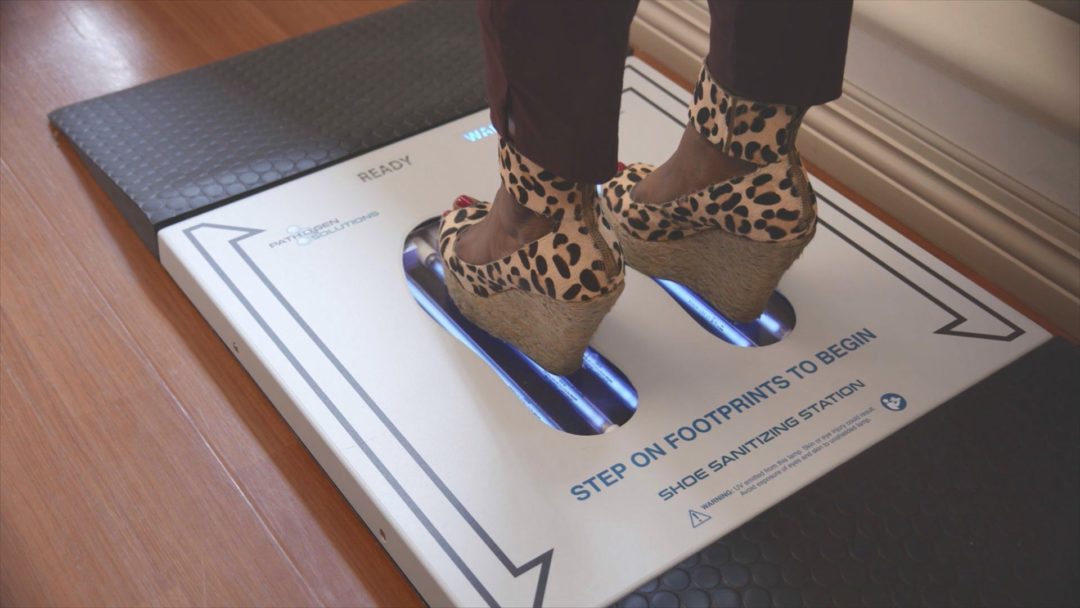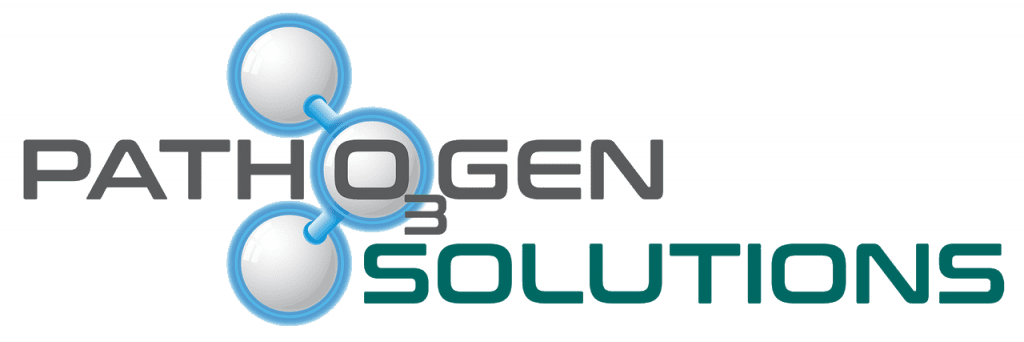Exploring Shoe-Borne Pathogens and Public Health Risks in 2024
Shoes
The Challenge of Shoe-Borne Pathogens
We’re witnessing significant changes in the public health environment. A key area of concern that has gained attention is the impact of shoe-borne pathogens on the spread of infectious diseases. This article focuses on understanding these pathogens and their influence on public health risks in 2024.
Our exploration centers on Patho3gen’s UVZone Shoe Sanitizer, a leading solution in combating these hidden threats. This technology represents a significant advancement in reducing the transmission of diseases through shoe-borne pathogens.
A Key to Mitigating Public Health Risks in 2024
In the ever-evolving landscape of public health risks in 2024, understanding and addressing shoe-borne pathogens has become increasingly crucial. These microorganisms, present on the soles of our shoes, are carriers of diseases that can significantly impact our health. This category of pathogens includes bacteria like E. coli and Staphylococcus aureus, known for causing skin infections and other health complications. Viruses, including those causing the common cold, flu, and other respiratory illnesses, along with fungi responsible for conditions like athlete’s foot, also fall under this category.
The way these pathogens cling to our shoes from contaminated surfaces and then get transported into our homes, workplaces, and public spaces is a matter of concern. The year 2024 has seen an escalation in the concern over shoe-borne pathogens, driven by factors such as increased urbanization, which brings more people into close quarters, thereby raising the chances of pathogen spread. Additionally, global travel has made it easier for pathogens to move rapidly across regions. In the post-pandemic era, there is a heightened awareness of how easily pathogens can spread in communal spaces, making this an issue that cannot be ignored.
Recent Research and Implications
Recent studies have illuminated the significance of shoe-borne pathogens. For instance, a 2023 study revealed that shoes could harbor thousands of bacteria, some resistant to antibiotics. Furthermore, 2024 research from a major university highlighted that shoe soles are a significant vector for transferring infectious agents. These findings are not just academic but have real-world implications for public health. They underscore the need for improved hygiene practices concerning footwear and highlight the potential role of shoe sanitization in preventing the spread of diseases.
The focus on shoe-borne pathogens has become more pronounced. The recent research underscores the importance of addressing this often-overlooked source of pathogen spread. It emphasizes the need for innovative solutions, such as Patho3gen’s UVZone Shoe Sanitizer, to combat these hidden carriers of disease effectively.
Patho3gen’s UVZone
Innovative Technology of UVZone Shoe Sanitizer
Patho3gen’s UVZone Shoe Sanitizer is a critical tool in addressing public health risks in 2024. It utilizes a combination of advanced technologies to effectively neutralize harmful pathogens on footwear:
- UV-C Light: This component employs ultraviolet light at a germicidal wavelength. It disrupts the genetic material of microorganisms, effectively neutralizing them.
- Ozone Generation: Working in tandem with UV-C light, ozone serves as a strong oxidizing agent. It breaks down the cell walls of bacteria and viruses, ensuring thorough disinfection.
- Integrated Disinfection Approach: By combining UV-C light and ozone, the UVZone targets a wide range of pathogens, including bacteria, viruses, and fungi, making it an effective solution for sanitizing shoe soles.
Proven Effectiveness in Reducing Pathogen Spread
The effectiveness of the UVZone Shoe Sanitizer in combating shoe-borne pathogens is supported by solid research and practical applications:
Clinical Study Results:
- A 2023 study demonstrated that UVZone eradicates up to 99.9% of common pathogens from shoe soles in just seconds.
- In healthcare environments, the use of UVZone has been linked to a notable decrease in the spread of Healthcare-Associated Infections (HAIs).
Real-World Impact:
- A Florida hospital reported a significant drop in floor and surface contamination after implementing UVZone at their entrances.
- A food processing facility observed a decrease in cross-contamination events following the installation of UVZone stations.
These outcomes not only affirm the efficacy of Patho3gen’s UVZone in fighting shoe-borne pathogens but also emphasize its role in enhancing public health safety across various environments. The integration of UV-C light and ozone technologies positions UVZone as a standout solution in hygiene and sanitation, meeting a vital need in today’s health-aware society.
The Role of Shoe Sanitization
In the context of public health risks in 2024, shoe sanitization emerges as a critical factor, especially in environments with high foot traffic and in healthcare settings. The influence of shoe sanitization on public health is multifaceted and significant. It substantially reduces the transmission of pathogens from outdoor to indoor settings, acting as a vital line of defense. This process complements other hygiene measures such as hand washing and surface cleaning, forming a comprehensive approach to infection control.
Dr. Jane Smith, a renowned epidemiologist, emphasizes the importance of this aspect, stating, “Shoe sanitization, especially with advanced technologies like Patho3gen’s UVZone, plays a crucial yet often underestimated role in infection control across various environments.”
Comprehensive Strategies to Curb Pathogen Spread
Beyond shoe sanitization, a holistic approach is essential for effective pathogen control:
- Hand Hygiene: Regular and thorough hand washing remains a fundamental practice in preventing the spread of diseases.
- Surface Cleaning: Diligent disinfection of frequently touched surfaces in various settings is crucial.
- Use of Personal Protective Equipment (PPE): Proper use of PPE in healthcare and crowded settings is vital.
- Educational Initiatives: Raising public awareness about hygiene and preventive practices is key.
A Commitment to Community Well-being
Understanding shoe-borne pathogens has highlighted a key area in managing public health risks in 2024. These pathogens are a significant source of infectious diseases, often going unnoticed in everyday environments.
Patho3gen’s UVZone Shoe Sanitizer emerges as a practical solution in this context. It effectively neutralizes pathogens on shoes, addressing a crucial aspect of infection control. Alongside this technology, maintaining regular hand hygiene and surface disinfection is essential. These steps are straightforward yet vital in reducing the spread of infections.
The implementation of these hygiene practices is particularly important for local businesses and healthcare facilities. Their role in applying these measures can greatly influence community health and safety.
For those interested in enhancing health and safety protocols, especially in high-traffic areas, Patho3gen’s UVZone Shoe Sanitizer offers a viable option. For more information on how to incorporate this technology, contact us at (727) 300-1069 or schedule a demo today. Together, we can take concrete steps towards reducing public health risks in 2024.

